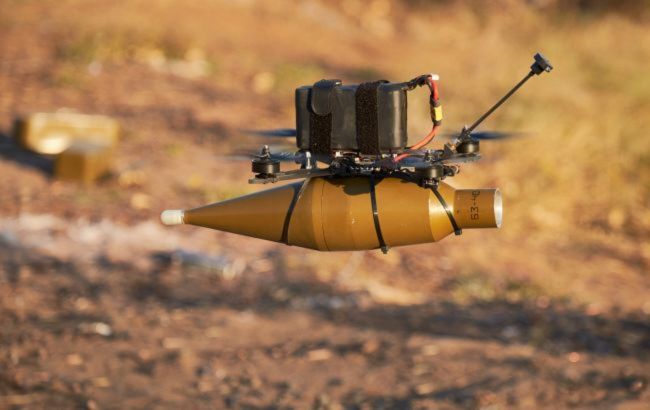Germany steps up production of strike drones amid intensified preparations
 Photo: strike drone (Getty Images)
Photo: strike drone (Getty Images)
Germany is accelerating the modernization of its armed forces and increasing its focus on unmanned systems and digital technologies, viewing them as key elements for boosting combat readiness in the coming years, according to Euronews.
Strike drones deployment
The Bundeswehr plans to form six units equipped with strike drones, and preparatory testing has already begun.
According to Lieutenant General Christian Freuding, who took over as army chief of staff in October, the first medium-range battery should be ready for operational use in 2027.
By 2029, it will be joined by five additional units, one of which will receive long-range strike capability.
The tests include "loitering munitions" - drones capable of remaining airborne for extended periods before an operator selects a target.
In parallel, autonomous systems based on artificial intelligence are being examined, although any launch, even with automatic target selection, still requires human confirmation.
Priorities of new army leadership
Freuding aims to strengthen the army both in personnel and equipment, stressing the need to build new structures, from the 45th armored brigade in Lithuania to air-defense units and batteries with strike drones.
He insists that innovations must be tested directly within units, where soldiers practice procedures, verify solutions in real conditions, and adjust them based on practical experience.
The general outlined six procurement principles, including a focus on reliable high-tech systems, joint development with service members, adherence to delivery deadlines, and rapid closing of critical capability gaps.
Digitalization challenges
Freuding sees the slow pace of implementing the digital battlefield communications project as the main obstacle. The system includes satellite channels, secure radio data, and tactical platforms.
According to the army, the key task is ensuring interoperability between German units and NATO allies to improve battlefield flexibility.
However, the current state of communications systems is considered insufficient and negatively affects readiness. Once testing concludes in December, key decisions must be made regarding the integration of digital technologies into equipment and weaponry.
Germany is developing a contingency plan for a potential war with Russia, which includes the deployment of up to 800,000 NATO personnel to the front line.
The United States has also approved a possible sale of air-defense missile systems to Germany worth 3.5 billion dollars, as part of efforts to strengthen the country’s military capabilities.

